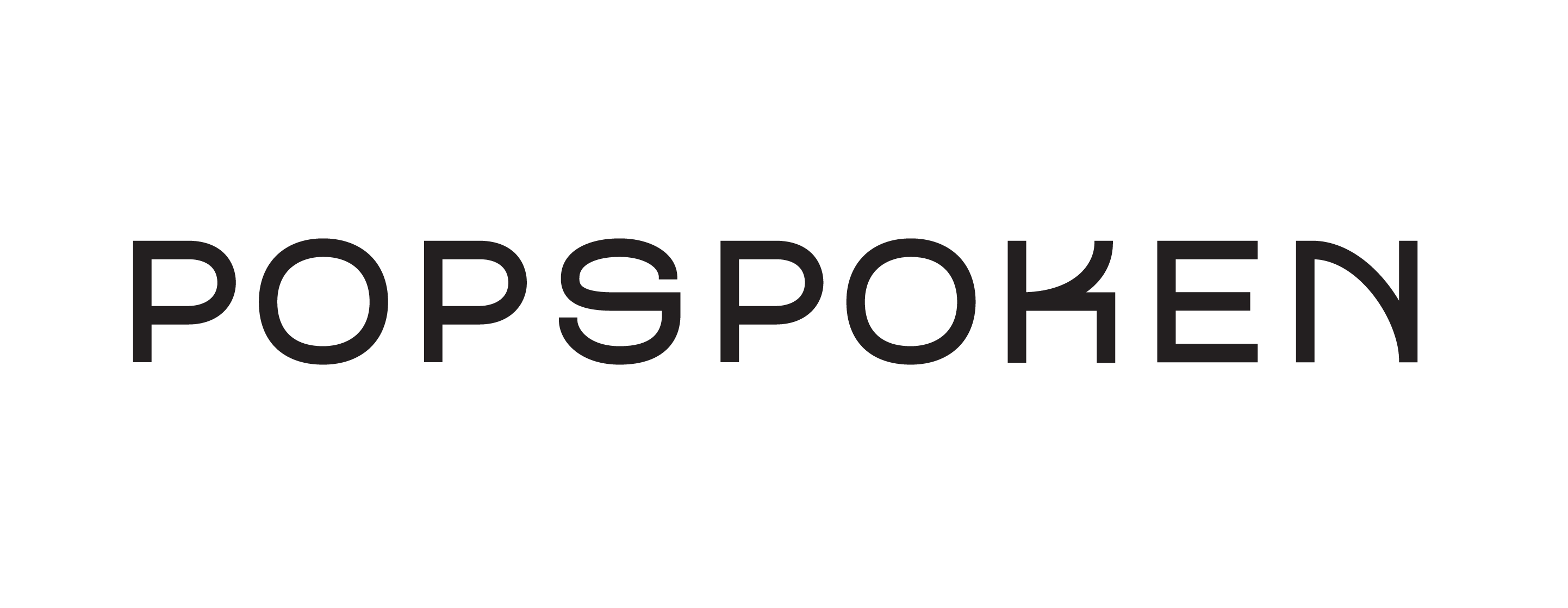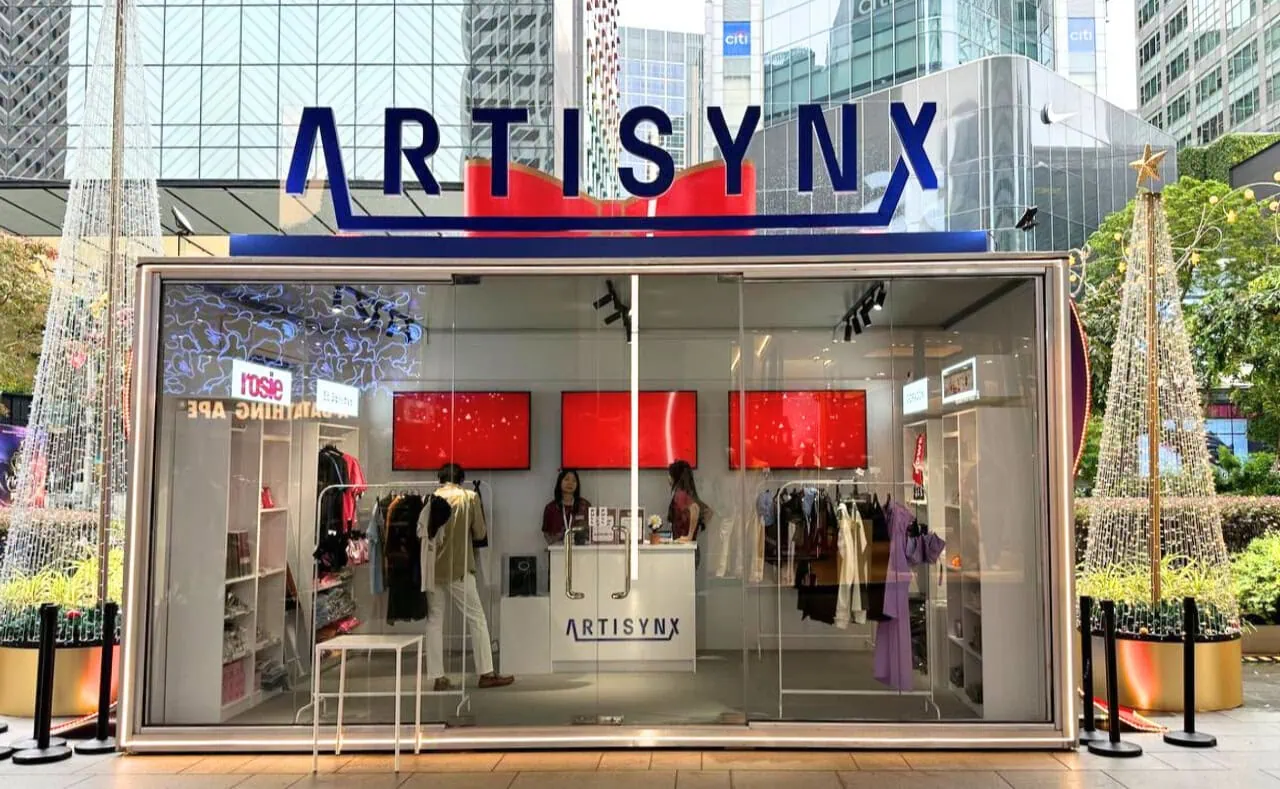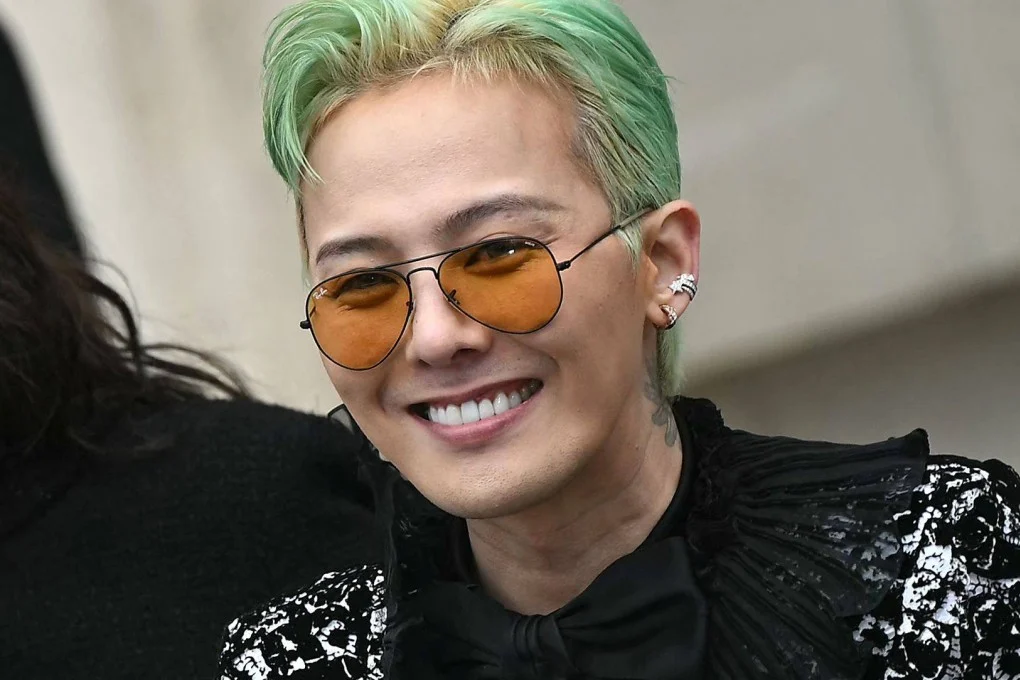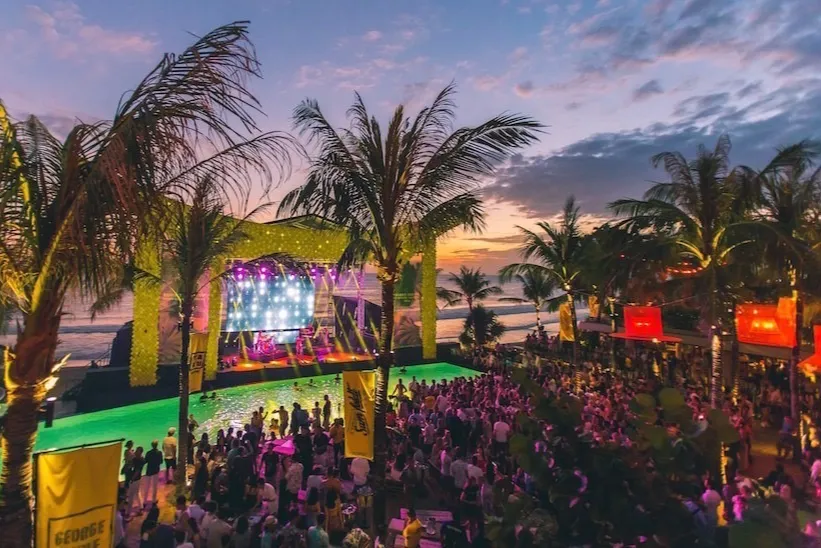Frontier Danceland‘s annual production MILIEU 2018 showcased an interdisciplinary exchange between aural production as well as dance in all its physicality. Besides boasting their efforts of breaking the traditional mould of dance performances, two international choreographers came onboard this year – Sascia Pellegrini as well as Deborah Nightingale. The entire production is a collaborative effort and with each choreographer bringing different experiences to the table, this production has opened up a dialogue between sounds, bodies and space.
Artistic director, Low Mei Yoke, who happens to be a 2018 Cultural Medallion awardee, as well as choreographer of dance troupes at Raffles Girls’ Secondary and Nanyang Girls’ High speaks with us on the production. Her responses are originally in Mandarin, translated here with the help of her colleagues.
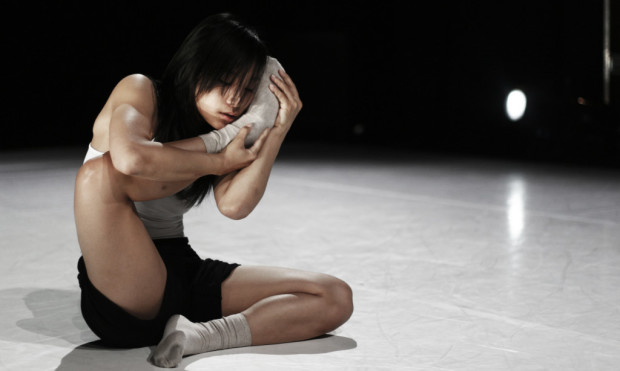
Popspoken: Tell us a bit more about Frontier Danceland and the direction of the company.
Low Mei Yoke: Frontier Danceland is a contemporary dance repertory company in Singapore that became full-fledged in 2011. A non-profit contemporary dance company that combines dynamic Western dance technique with the strength and beauty of Asian expression. Inspired by the energy and the vibrancy of contemporary life in Singapore, the Company challenges itself to create and perform innovative and evocative works that push beyond choreographic and performance boundaries. Frontier Danceland has worked with both local and international dance-makers from various backgrounds and has also represented Singapore internationally over the years.
Frontier Danceland’s vision is to be a versatile contemporary dance company in Singapore that is committed to inspire the audiences with a dynamic range of contemporary dance works, contributing to a greater appreciation of the art form. The company does this by creating opportunities for Singaporean and international dance artists to create and present diverse, experimental and accessible dance works on the team of professional dancers, as part of the company’s efforts in grooming emerging choreographers in Singapore. Over the years, Frontier Danceland has earned local & international recognition for its dedication to original works & makes continuous efforts to drive new content for contemporary dance.
Popspoken: Share with us how the collaboration came about for Dimensions of Dialogue.
Low Mei Yoke: The collaboration started from an open conversation and sharing Sascia Pellegrini (Italy) had with me more than a year ago. Sascia’s choreographic style deviates from the conventional stage presentation; zeal and surprises are injected into the piece for MILIEU 2018 through various conditions and improvisational structures. As the audience witness the dancers make specific choices that drive the work, watching the piece itself then becomes an enjoyable game-like process as well. This collaboration is definitely a new, insightful and challenging experience for me.
他一贯的作风,就是弃以舞台为中心点的叙事性, 並嘗试为舞蹈注入更多的机率和规则的元素时, 舞作就越来越像一种游戏过程而非最后的作品,观看舞蹈本身,也就成为一种实现更多乐趣的过程。很有幸与他一起玩这游戏, 这个合作对我来说是个很新挑战性的过程。
Popspoken: Can the aural elements ever be completely divorced from dance movement?
Low Mei Yoke: For this particular collaborative piece, Sasica and I made sound an integral part of the performance. In the creation process and some sections of the final item, you will be able to see or notice that the dancer will be making use of both internal and external aural elements to create movements based on structured improvisation rule in response to these stimuli. Internal stimuli could possibly be the use of vocal sounds from within the body, while external stimuli could possibly be having the dancers responding to the textual, dynamic, tempo of the music/sound/body beat. As such, the aural elements in the piece could not be completely separated from the dance movement itself.
Popspoken: Do you believe that body language is universal?
Low Mei Yoke: I think that facial expressions are more universal in comparison to body language. Body language is a part of culture and the meaning may vary for the different groups depending on one’s race, believes, social economic background and upbringing that shaped them into who they are. For example, Indian uses nod to indicate no, and shake their heads to indicate yes. Whereas the conventional representation of a nod represent yes and shaking of head represent no. As such, I do think that body language is not that universal.
我想脸部表情是universal. 有些动作一样,意义不同。肢体语言同语言一样, 都属于文化的一部分。在不同的文化中, 肢体语言的含义不尽一致。像印度人,用点头表示no, 搖头表示yes.
Popspoken: Compared to art forms that involve text such as theatre or literature, how do you think dance communicates to its audience effectively?
Low Mei Yoke: Contemporary dance made use of emotion to express the world, but often audience think too deep and tries to look for meaning within the work; what is the choreographer try to say? What does that action mean? Why is there a waterbottle on stage? The beauty of contemporary dance allows the audience to simply enjoy the experience, and possibly interpret and have their own views on what was presented. Approached with an open heart and mind, contemporary dance has the power to resonate emotionally, sensorially and cognitively, all without a word being said.
现代舞用情绪表述世界,观众却在寻找意义。舞者和观者的隔阂不是懂与不懂,而是看待它的方式。这是眼下现代舞舞团、舞者、编舞以及他们所面对的市场共同的困局。
看起来,表演更像是圈子里的内部交流,这正是眼下现代舞艺术纠结的问题:好的节目总是小众狂欢,来来去去总是圈内人,普通观众带着好奇探进来瞄一眼,能够留下都算是小概率事件。
这不是现代舞的错。这种以肢体动作为语言的艺术探究的是人类精神层面的东西,可走进剧场的观众都很拼:演员在告诉我们什么?那只水壶有什么意义?升起烟雾有哪些象征?—人们喜欢将每个动作分解,并为它们寻找解释,而对于现代舞,大多数情况下,不需要解释。在看来,现代舞其实是最行之有效的沟通方式。它用肢体的动作和节奏表达情绪,这些发自内心的情感在人性上是相通的。观者直接感受舞者的喜怒哀乐,受到渲染,产生共鸣。按照这个逻辑,站在更加宏大的不同文化之间,以“人”为纽带的现代舞,更容易实现交流.
Photographs courtesy of Frontier Danceland
==
Stay updated and social with Popspoken: Telegram| Facebook | Twitter | Instagram
